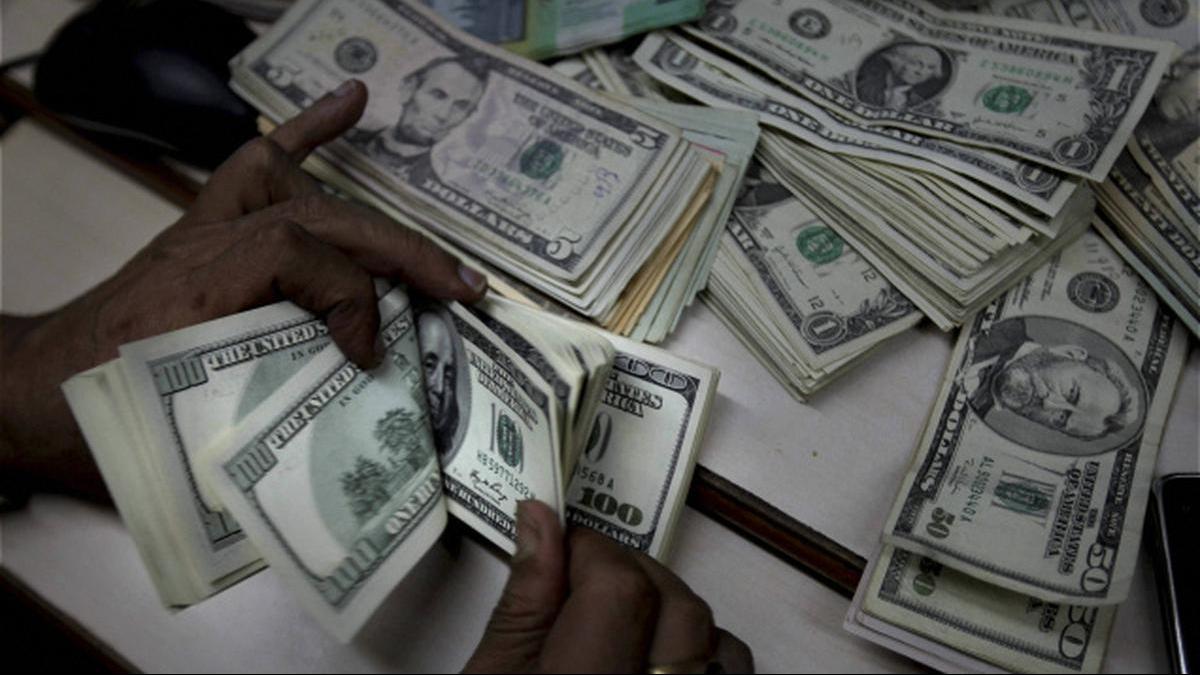India’s forex reserves increased by $10.417 billion to $572 billion, marking one of the largest weekly increases in recent memory.

FOREX Reserves: Recent Trends
- The overall reserves had fallen by $1.268 billion to $561.583 billion in the previous reporting week.
- The country’s forex reached an all-time high of $645 billion in October 2021.
- The reserves have been declining as the central bank uses the funds to defend the rupee against pressures brought on primarily by global events.
- During a week in October 2022, the reserves increased by $14.721 billion.
What is a Foreign Exchange Reserve (Forex)?
- Foreign exchange reserves are important assets held by the central bank as reserves in foreign currencies.
- They are frequently used to support the currency and set monetary policy.
- Foreign reserves in India include gold, dollars, and the IMF’s quota for Special Drawing Rights.
- Given the currency’s importance in the international financial and trading system, the majority of reserves are usually held in US dollars.
- In addition to US dollars, some central banks keep reserves in Euros, British pounds, Japanese yen, or Chinese yuan.
India’s forex reserves cover:
- Foreign Currency Assets (FCAs)
- Special Drawing Rights (SDRs)
- Gold Reserves
- Reserve position with the International Monetary Fund (IMF)
Countries with the highest foreign reserves
- Currently, China has the largest reserves followed by Japan and Switzerland.
- India earlier overtook Russia to become the fourth-largest country with foreign exchange reserves. (Data from August 2022)
- China – $3,349 Billion
- Japan – $1,376 Billion
- Switzerland – $1,074 Billion
- Russia – $597.40 Billion
Why are these reserves so critical?
- Because all international transactions are settled in US dollars, India’s imports must be supported.
- More importantly, they must maintain public support and confidence in central bank action, whether it is monetary policy or exchange rate intervention to support the domestic currency.
- It also helps to limit any vulnerability caused by sudden disruptions in foreign capital flows during a crisis.
- Holding liquid foreign currency protects against such effects and provides assurance that there will be enough foreign exchange to cover critical imports in the event of external shocks.
Government initiatives to increase forex reserves
- The Government of India has taken many initiatives to increase foreign exchange reserves, such as AatmaNirbhar Bharat, in which India is to be made self-sufficient so that it does not have to import things that India can produce.
- Aside from AatmaNirbhar Bharat, the government has launched schemes such as the Duty Exemption Scheme, the Remission of Duty or Taxes on Export Product (RoDTEP), the Nirvik (Niryat Rin Vikas Yojana), and others.
- Aside from these schemes, India is one of the top countries in terms of attracting the most Foreign Direct Investment, thereby increasing India’s foreign exchange reserves.
Source: https://www.thehindu.com/business/Economy/forex-reserves-zoom-by-10417-billion-to-572-billion/article66413931.ece#:~:text=India's%20forex%20reserves%20zoomed%20by,the%20kitty%20in%20recent%20times.
